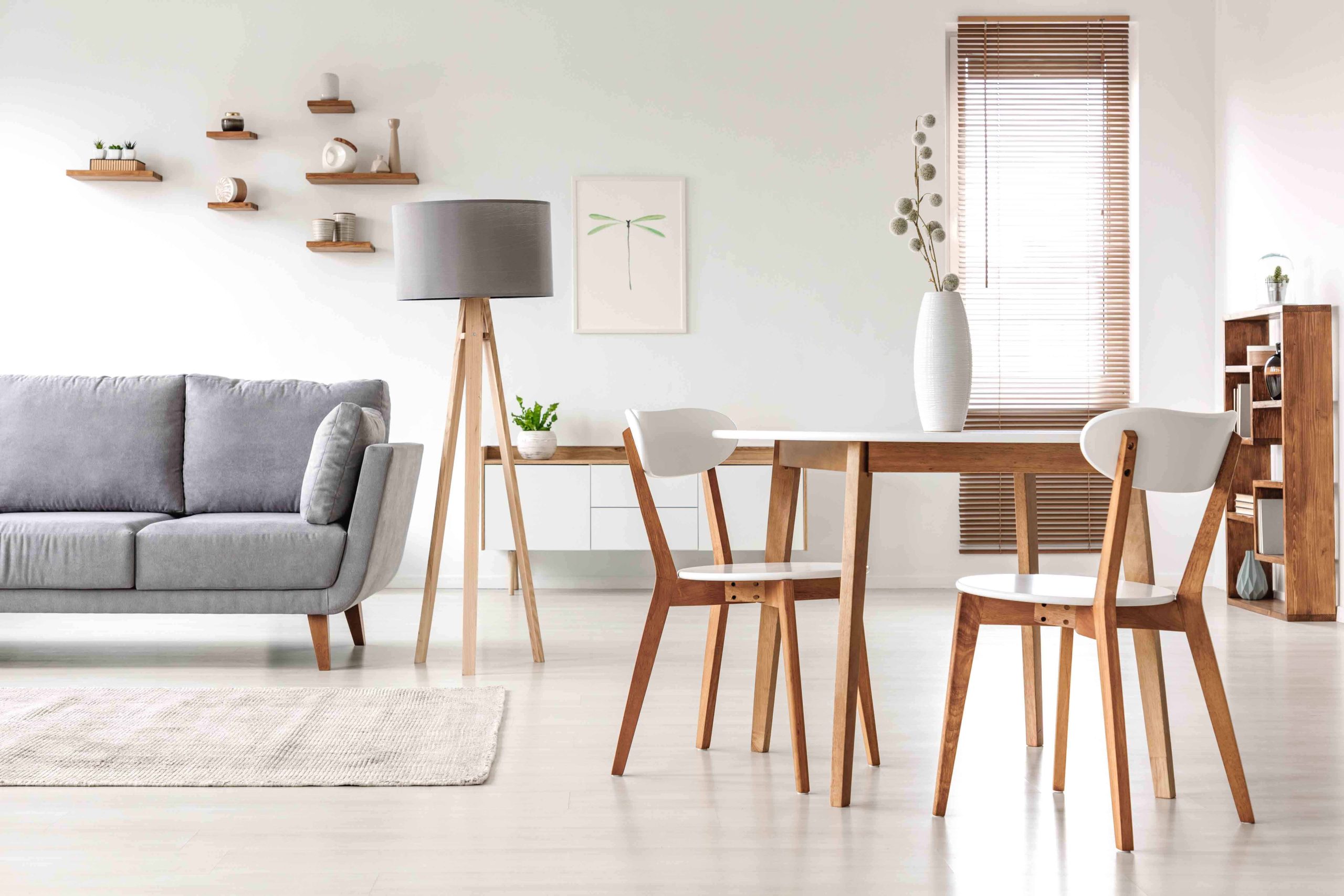Curved interiors are all the rage. Curves are transforming our perception of space, from kitchen corners to ceiling arcs. They soften, open up, and naturalize homes. Curves do not have sharp lines and edges, and therefore, they generate flow. They attract attention. They calm the mind. And they provide a new perspective of how the interiors are supposed to be.
However, it is not so easy to construct curves as to draw them on paper. You require the appropriate materials. You must be flexible and not compromise on strength. Here plywood comes in.
Why curves matter in design today
Contemporary houses are not only functional. They are experiential. Designers are abandoning rigid symmetry. They desire motion. They desire living interiors. That is why arches, rounded corners, and circular details are demanded. Curves lessen the tension of the eye. They render rooms organic. A space can feel different even with the smallest curve.
This trend includes curved furniture. Rounded back sofas. Soft-edged cabinets. Elliptical coffee tables. Each of them is turning into the focal points of living areas. And the stuff that makes it all possible? .Plywood sheets
How plywood shapes modern design
Plywood is not just a flat board. It is layered, engineered, and made to last. It bends without breaking. It curves without splintering. That is what makes it ideal for rounded interiors. Designers choose plywood because it gives them freedom. It takes the shape they want. And it stays that way.
To build curves that last, you need quality plywood sheets. Low-grade material can crack or deform when bent. High-grade plywood stays firm even when shaped into tight curves. It holds screws. It supports weight. And it keeps the design looking sharp over time.
What makes plywood so adaptable
The strength of plywood comes from its layers. Each one is glued at a right angle to the next. This structure gives it balance. It doesn’t warp easily. It resists pressure from different sides. When you apply heat or moisture, you can bend it further without damaging the sheet.
Quality plywood sheets also come in flexible variants. These are specifically made for bending. You can use them to form rounded wall panels, arches, or columns. Once they take shape, they hold it. That’s the secret behind most curved interiors in modern homes and commercial spaces.
Where curves are showing up
Curved plywood is not just for showpieces. It’s being used across the board.
- Rounded false ceilings and light panels
- Arched wardrobe shutters and cabinet doors
- Circular reception desks and counters
- Custom-made bed headboards with smooth contours
- Spiral staircases and curved room dividers
Each of these elements needs plywood that bends well, stays strong, and looks good when finished. That’s why quality plywood sheets are the first choice for most designers and architects.
The craftsmanship behind the curve
Creating a curved surface requires precision. The sheet must be cut and bent with care. Sometimes, multiple layers are pressed together using moulds. At other times, thin sheets are bent and laminated to form one thick unit. Either way, the end result must be seamless. You should not see breaks, gaps, or distortions.
To get this level of finish, craftsmen rely on tested plywood. Not every sheet can handle this stress. Only quality plywood sheets can be shaped repeatedly and still give a flawless surface.
Durability is non-negotiable
Curved interiors must look good. But they must also last. Plywood makes that possible. It resists changes in temperature and humidity. It does not swell or shrink like solid wood. It works well with paint, veneer, and laminate. That means you get long-term performance with minimum upkeep.
In high-traffic areas, like retail spaces or offices, durability is everything. The curves must hold. The surface must stay smooth. Quality plywood sheets are designed for exactly that kind of use.
Curves and sustainability
Designers today also think about impact. They want materials that are responsibly sourced and processed. Plywood supports that vision. It uses less wood than solid boards. Many manufacturers offer certified options. That means you can build curved interiors without adding pressure on forests.
Curves may look extravagant. But when built with plywood, they are actually resource-efficient. You get aesthetics, performance, and sustainability in one go.
Customization made easy
Plywood adapts to different finishes. That’s what makes it such a strong design material. Whether you want a matte black archway or a polished walnut curve, you can get it. The sheet forms the base. You add the finish you like. And it blends into the rest of your décor.
This level of customisation is hard to achieve with most materials. Solid wood is expensive and tricky to bend. MDF may not last long. But plywood sheets give you both flexibility and life span.
Conclusion
Curved interiors are not just a passing trend. They are part of how design is evolving. They bring warmth, softness, and personality into a space. But none of it works without the right foundation. CenturyPly offers quality plywood sheets that make these ideas possible. With strength, flexibility, and finish in every layer, it is the go-to choice for designers who want to think beyond the straight line.
